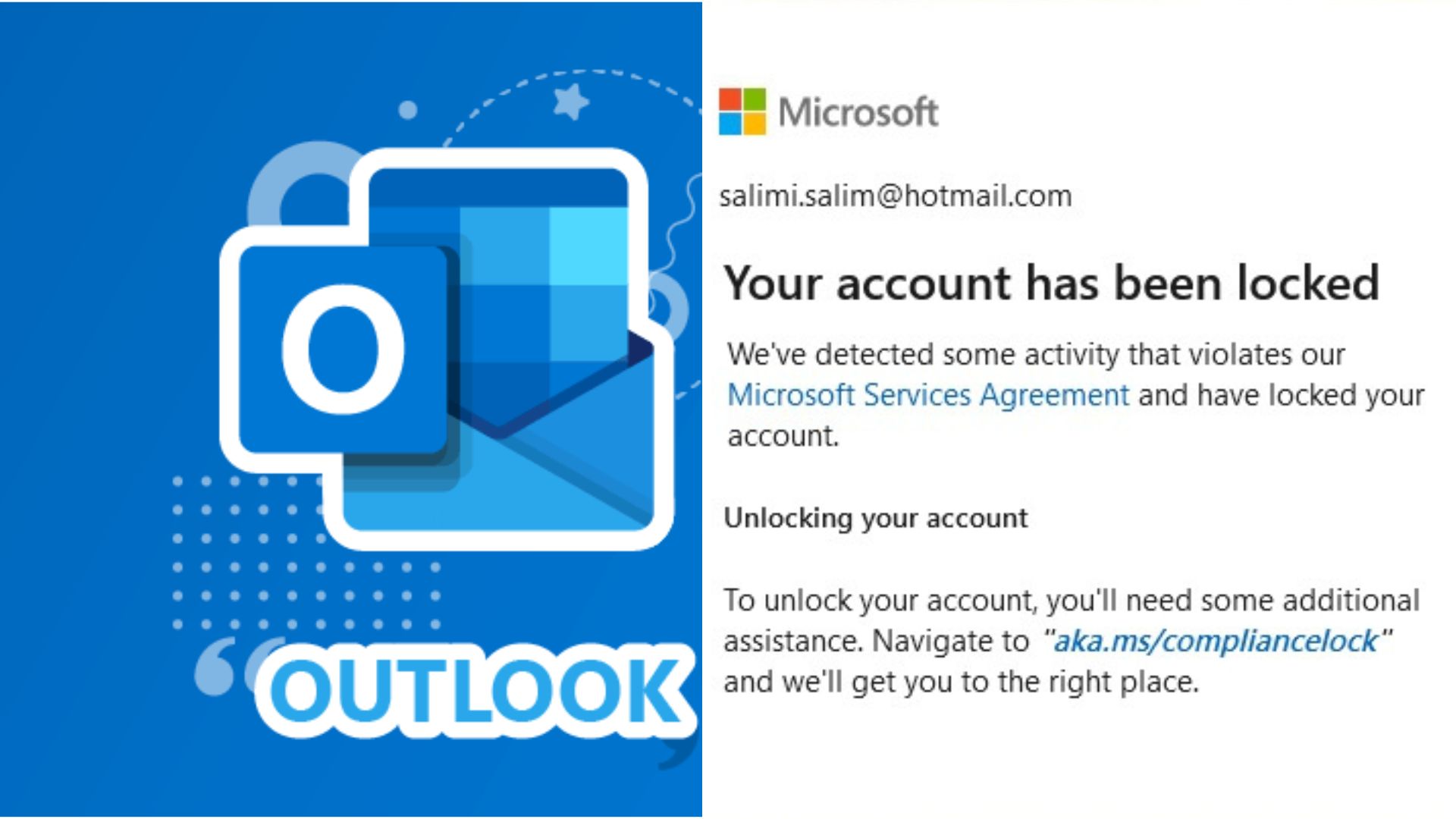How to Unlock a Locked Microsoft Outlook Account?


In today's digital age, email has become an integral part of our lives, facilitating communication, collaboration, and organization. Among the myriad of email services available, Microsoft Outlook stands as one of the most popular choices, offering a comprehensive suite of features tailored to both personal and professional use. However, like any online service, security measures are put in place to safeguard users' accounts, sometimes leading to instances where accounts become locked. If you find yourself in this predicament, fret not, as unlocking a locked Outlook account is a manageable process. In this guide, we'll walk you through the steps to regain access to your account swiftly and securely.
Before delving into the solution, it's crucial to understand why your Outlook account might be locked in the first place. There are several common reasons for this:
Now that we've identified potential reasons for your Outlook account being locked, let's proceed with the steps to unlock it:
While regaining access to your locked Outlook account is relatively straightforward, prevention is always better than cure. Here are some tips to help prevent future account lockouts:
Use Strong Passwords: Choose complex passwords that are difficult to guess and avoid using easily accessible personal information.
Enable Two-Factor Authentication (2FA): Adding an extra layer of security with 2FA can significantly reduce the risk of unauthorized access to your account.
Keep Recovery Information Up to Date: Ensure that your account recovery options, including alternative email addresses and phone numbers, are current and accessible.
Be Cautious of Suspicious Emails: Exercise caution when opening emails from unknown senders or clicking on suspicious links, as they could be phishing attempts aimed at stealing your account credentials.
Regularly Update Security Settings: Periodically review and update your account security settings to stay ahead of potential security threats.
By following these guidelines and staying proactive about your account security, you can minimize the likelihood of experiencing future account lockouts and enjoy a more secure Outlook experience.
Conclusion
In conclusion, unlocking a locked Outlook account is a manageable process that involves verifying your identity and resetting your account password. By understanding the reasons behind account lockouts and following the step-by-step guide outlined in this article, you can regain access to your Outlook account swiftly and securely. Additionally, implementing proactive security measures and staying vigilant against potential threats can help prevent future account lockouts and safeguard your sensitive information. Remember, prioritizing account security is paramount in today's digital landscape, and taking proactive steps to protect your Outlook account is an essential aspect of maintaining a safe online presence.